Vietnam Travel News
Post: 11-01-2016 10:05:04 AM - Views: 6239
More than 100 sacred and mythical animals in Vietnamese culture are on display at the Vietnam National Museum of History in Hanoi city.
The exhibits date back to the country's foundation during the Nguyen Dynasty and include icons of dragons, unicorns, flamingos, mandarin ducks and the 12 animal designations of the lunar New Year. The items were constructed from various materials such as bronze, terra-cotta, stone and wood.
These sacred and mythical animals were created by the Vietnamese or emerged from exchanges with outside cultures. They are used as cultural symbols to convey spiritual and religious beliefs and messages.
"These mascots are not only described in myths and legends, but also expressed in visual art. The ancients believed that the mascots embodied the natural forces and had characteristics of mysterious supernatural powers that dominated humanity and the universe," said Mr. Nguyen Quoc Huu, deputy manager of the exhibition room.
The exhibition is a chance for visitors to see Vietnamese sacred and mythical animals so that they can better understand Vietnamese culture because each mascot has its own story, characteristics and relates to different cultures, Huu said.
The exhibition will last until February 2016.
Address of Vietnam National Museum of History: 25 Tong Dan str, Trang Tien Ward, Hoan Kiem District, Hanoi city, Vietnam.
Pictures of the rare mascots on display at the National Museum of History:
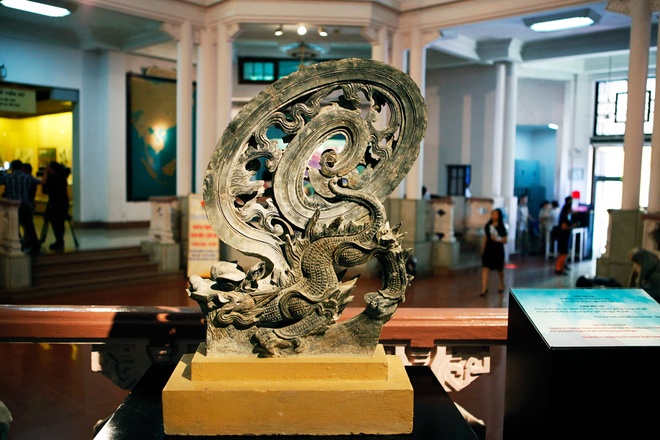
An earthenware statue of a mascot named Si Van, with a dragon head, a fish body and a tail which was believed to create rain whenever it swishes. In the past, Si Van was usually carved on architectural works, with the meaning of resistance to fire.
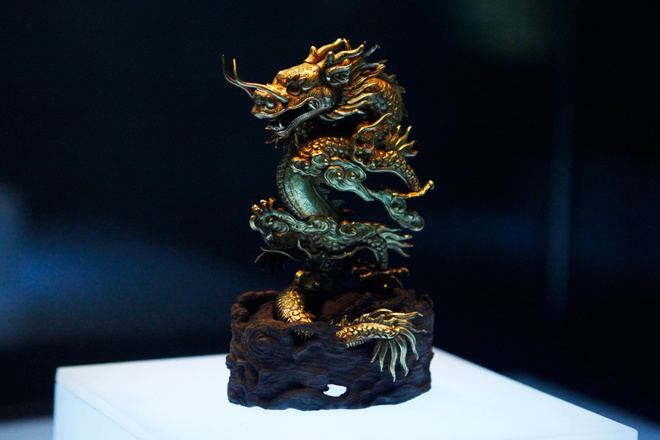
A gold dragon statue from the Nguyen Dynasty, 19th – 20th century. The statue is quite small but it is very sophisticated.
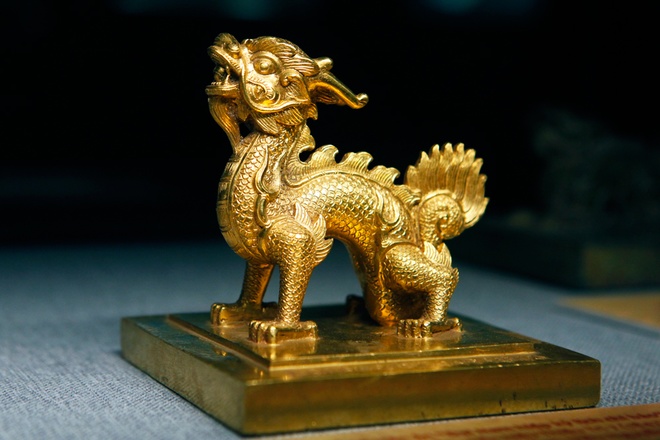
A gold dragon statue on the seal of King Thieu Tri (1847).
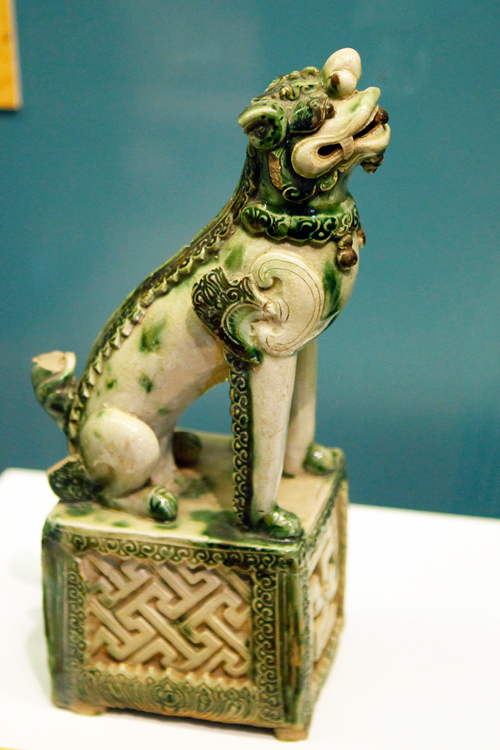
The ceramic statue of a Nghe of the 16th century. This mascot is the mixture between the lion, the dog and the buffalo.
The first Nghe statues appeared in the 15th century and became popular in the 17th to 18 centuries.
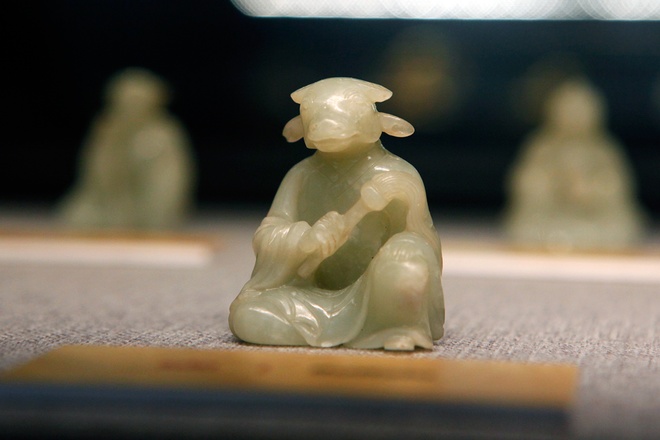
Gem statue of a buffalo in the collection of 12 animal designations.
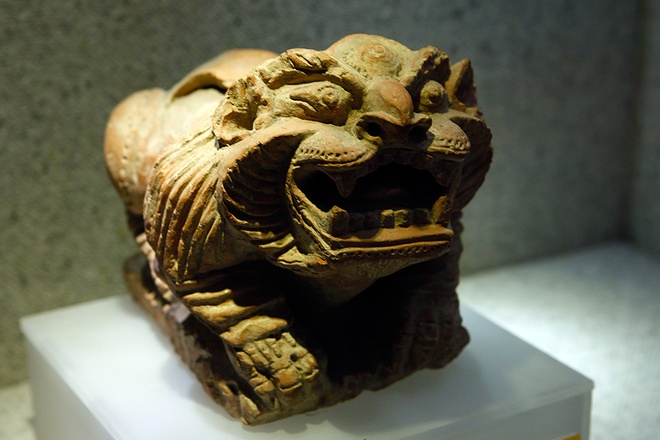
A terracotta statue of a lion of the Ly Dynasty (13th century), one of the oldest artifacts displayed at the show.
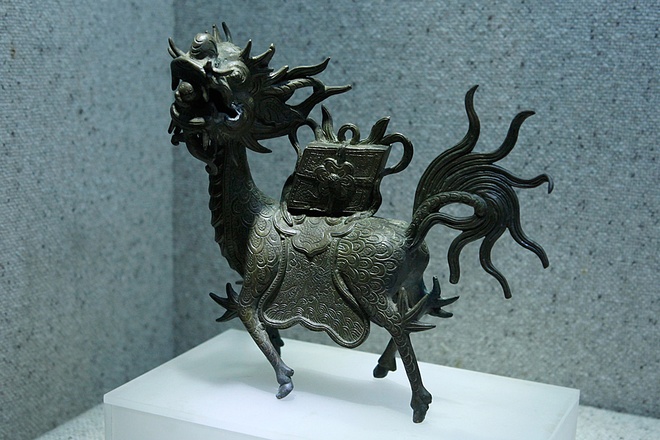
A dragon-horse mascot of the Nguyen Dynasty, 19th – 20th century.
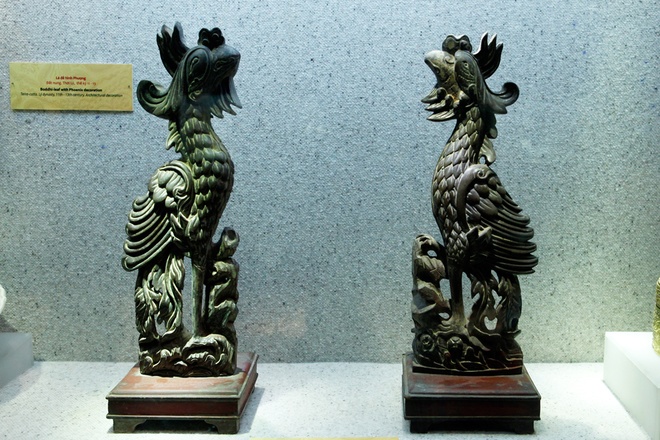
A pair of wooden phoenixes from the 17th – 18th century.
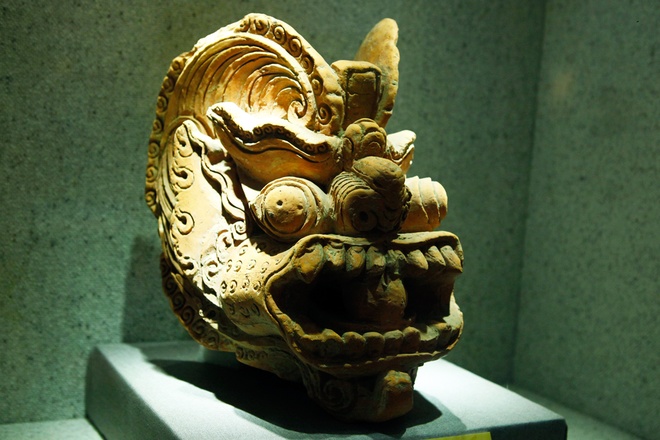
A rare lion-head statue made of terracotta from the 11th – 13th century.
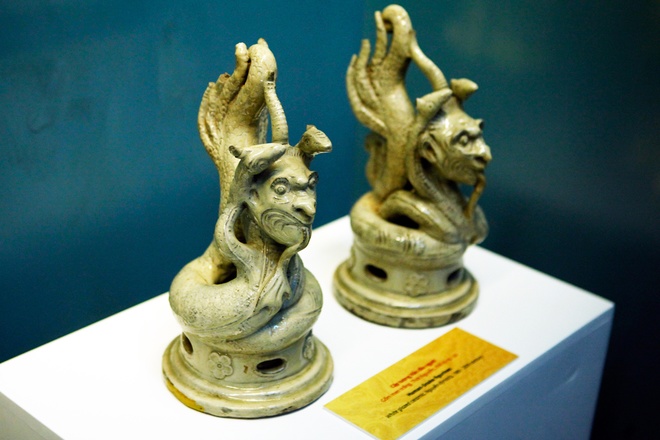
A pair of snakes with human heads made of ceramic from the Nguyen Dynasty, 19th – 20th century.
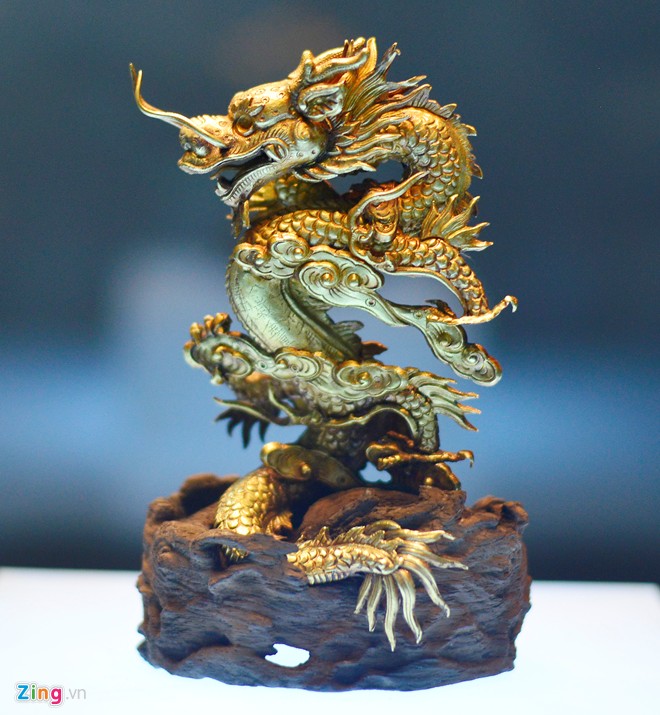
Dragon statue of the Nguyen Dynasty.
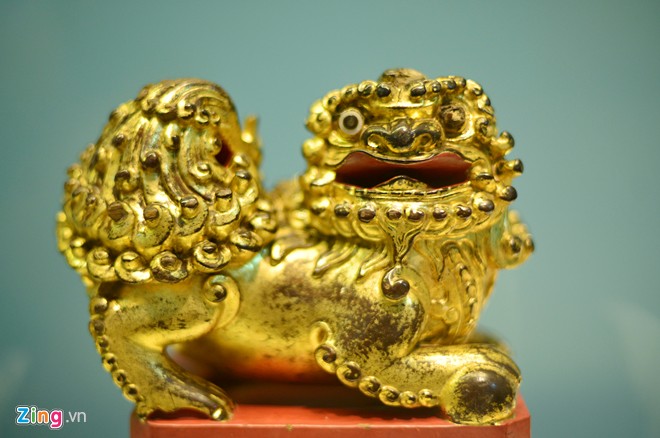
A Nghe statue, made of wood.
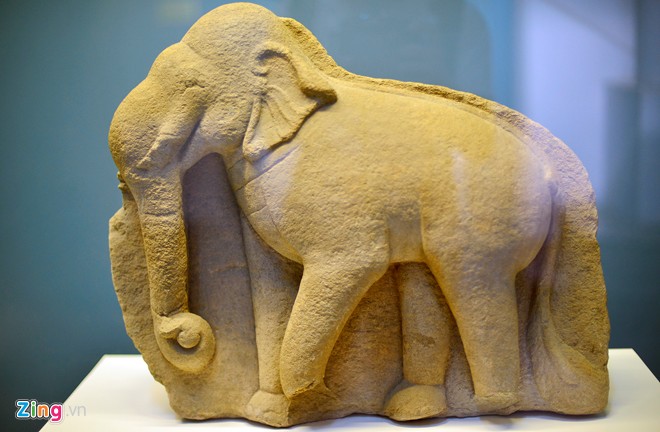
Elephant statue made of sandstone from the 10th century. The antiques were unearthed in Tra Kieu, Quang Nam province.
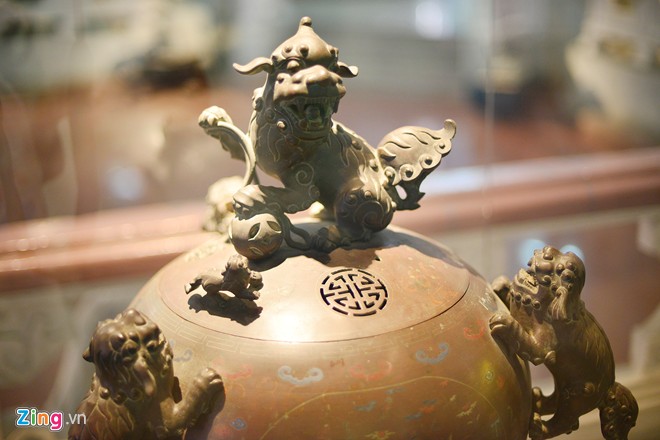
An urn decorated with five lions playing with a globe, a symbol of peace and prosperity.
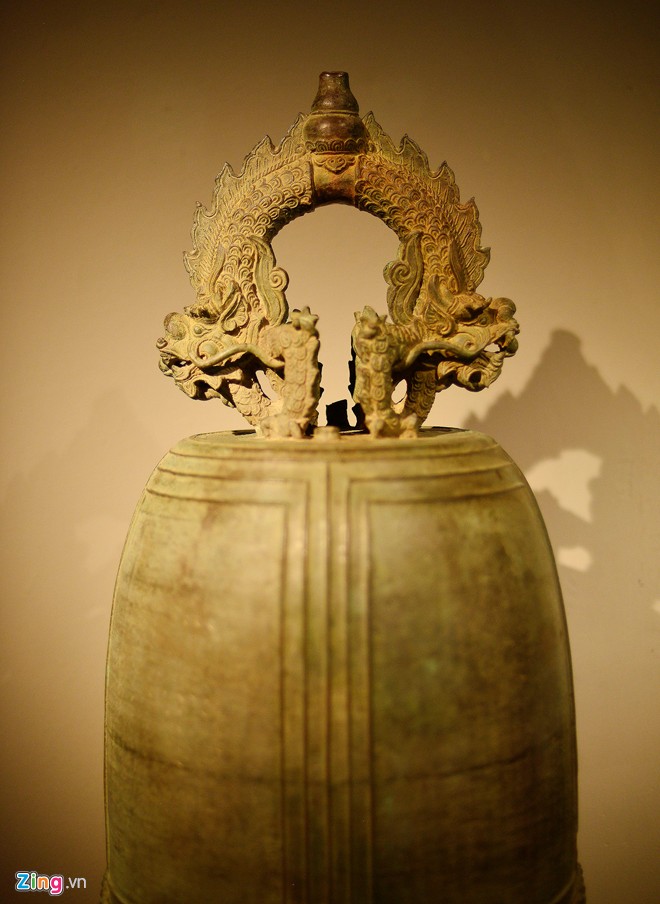
A mascot named Bo Lao on bell straps from the 18th century.
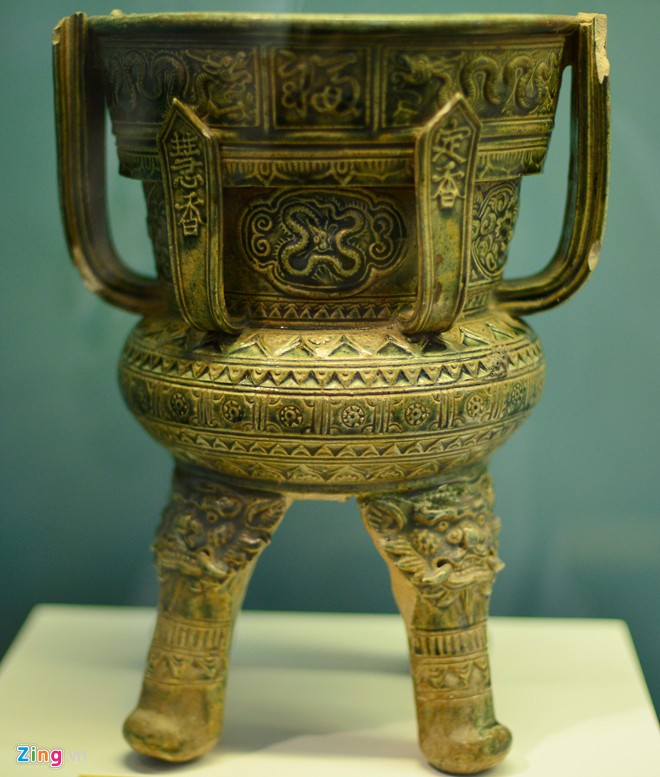
Nghe engraved on a censer of the 16th century.
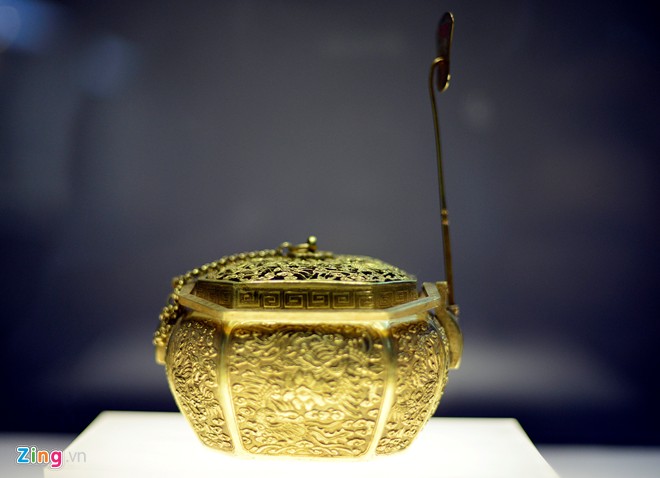
The four supernatural creatures: dragon, unicorn, tortoise, and phoenix, made of gold from the 19th – 20th century of the Nguyen Dynasty.
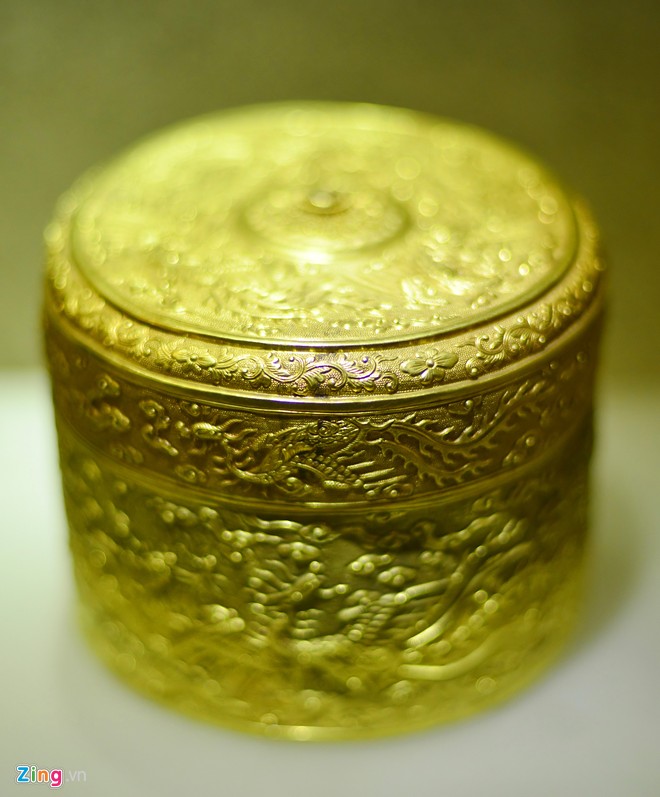
A phoenix carved on a box, 19th century.
From: Vietnamnet
If you like to get Vietnam visa, please contact with us via:
- Viber, Zalo, Mobile: +84.988.512.577
- Email: thanhnienmoi@gmail.com
Thank you so much!

















